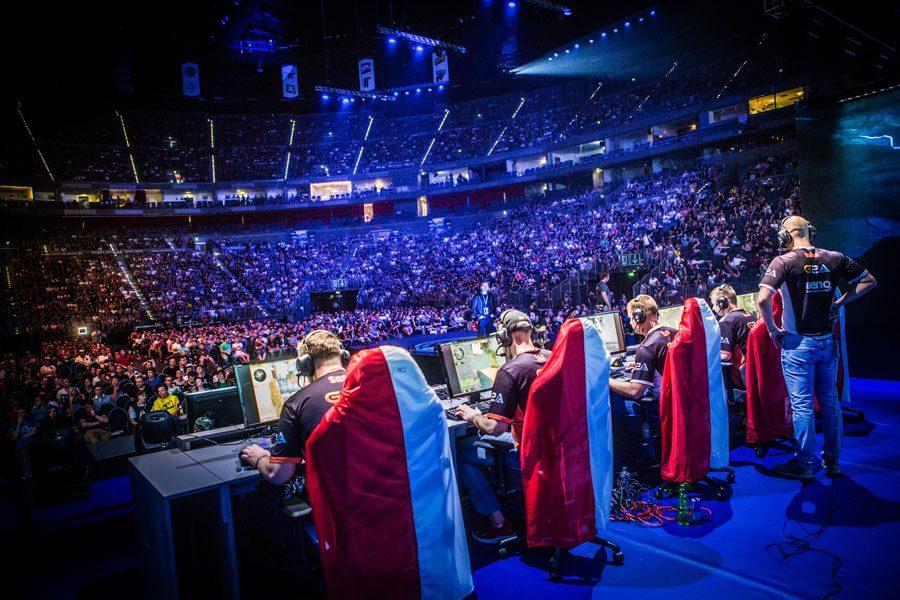MLG 360 NO SCOPE NOOB TUBE: It’s a sport!
September 28, 2016
It’s Sunday night. I’ve set out chips, dips and Cokes on the table and have my computer open, ready to watch the night’s competition broadcast. But I’m not watching football, soccer, or even baseball. I’m watching e-sports — professional video gaming.
E-sports are big and getting bigger. In 2012 about 1.3 billion hours were spent watching e-sports, up from 3.7 billion in 2014, according to ESPN.com. In fact, League of Legends, a video game that is played as a part of e-sports, is the second most viewed sporting event in the United States; only the Super Bowl has more viewers.
The growth in e-sports viewership is accompanied by a growth in prize pools. This year at the 2016 International, a Dota II tournament, the record for the largest prize pool was set at $20 million, according to the entertainment company IGN.com. This is a tremendous increase from the 2012 competition prize money of $1.6 million.
Even though e-sports are competing with traditional sports on everything from viewership to prize pool amounts, many people do not consider playing video games a “sport.”
But they are sports. Playing video games requires a lot of skill and a ton of practice, along with learning to deal with intense pressure and working with a team to be successful. According to Greg Fields, a former StarCraft II champion, he played 12 hours a day with one or two days off a month while training in Korea from 2008 to 2011. This is much longer than pro football players who practice an average of three and half hours a day, according to livestrong.com.
Some people assert that playing video games can never be a sport because there is no physical activity involved. While I would agree it’s not the same as a 300-pound linebacker tackling opponents, there is still most definitely a level of physical stress. According to the news service dw.com, the German Sports University conducted a study of e-sport players and found that “they are exposed to physical strains similar to those of ‘normal’ athletes.”
“We were particularly impressed by both the demands placed on the motor skills and their capabilities,” said Ingo Frobose, a professor at the German Sports University. “The e-sports athletes achieve up to 400 movements on the keyboard and the mouse per minute, four times as much as the average person. The whole thing is asymmetrical, because both hands are being moved at the same time and various parts of the brain are also being used at the same time.”
It was even found that levels of cortisol, a stress hormone, in e-sport players are about the same as a racecar driver, and that players can sometimes have a heart rate as high as 180 beats per minute. In Frobose’s opinion, “E-sports are just as demanding as most other types of sports, if not more demanding.”
According to Frobose, all of this stress is a lot on the players. In fact, most athletes’ careers are short, ending when the athlete is in their mid-20s when their reflexes start to slow and younger players have the advantage.
E-sports require years of work to master. They cause the same amount of physical stress as “normal” sports if not more, players can make millions if they can win, and becoming a pro is very hard. E-sports have millions of fans and are not going away anytime soon. Everything involved in pro games push this activity towards becoming a wildly accepted sport, something that this industry, pro gamers and gamers in general, truly deserve.


